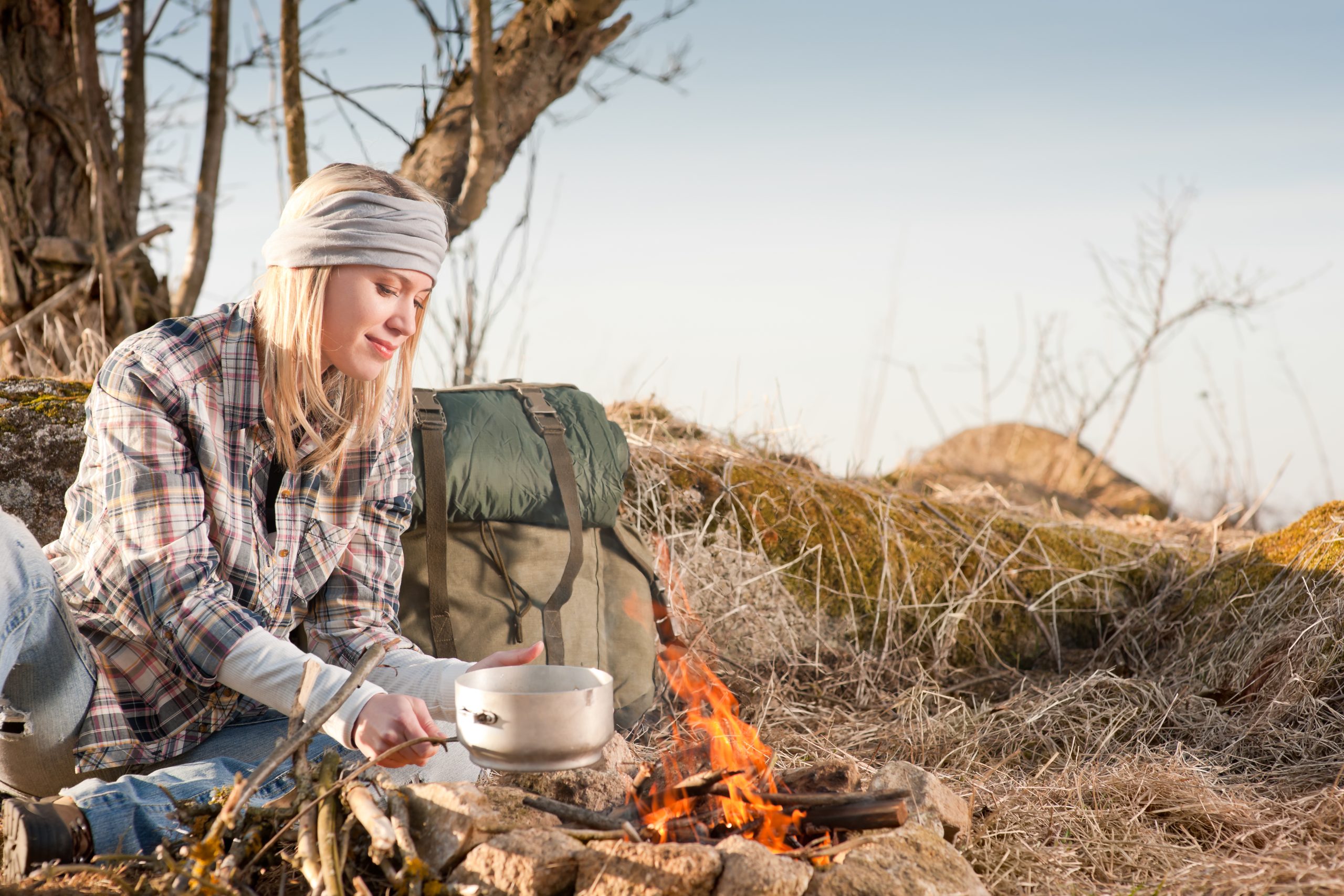Wilderness survival is a critical skill that can save your life when you find yourself lost or stranded in an unfamiliar environment. Whether you are hiking through dense forests, trekking across barren deserts, or exploring rugged mountainsides, knowing how to stay alive and healthy is essential. In this blog post, we will cover some of the most important techniques and strategies for wilderness survival, including what gear to bring, finding water, building shelters, and signaling for help.
Introduction to Wilderness Survival
The first step to surviving in any wilderness situation is to have the right mindset. You must be prepared to face challenges head-on and remain calm under pressure. It’s also crucial to understand the basics of survival, such as finding shelter, starting fires, and purifying water. By mastering these skills ahead of time, you will be better equipped to handle unexpected situations.
Essential Gear for Forest and Jungle Survival
When it comes to forest and jungle survival, there are several key pieces of equipment that you should always carry with you. These include:
1. Knife – A sturdy knife is essential for cutting wood, preparing food, and self-defense. Look for one with a full tang and a blade length of at least 4 inches.
2. Fire starter – Matches or a lighter alone may not be enough to start a fire in wet conditions. Consider carrying a ferrocerium rod or magnesium stick instead.
3. Water bottles – Make sure to bring plenty of water with you, but also consider investing in a portable filtration system like a Sawyer Mini or LifeStraw.
4. Paracord – This versatile cordage can be used for everything from securing gear to making traps. Look for military-grade paracord with a minimum breaking strength of 550 pounds.

How to Find Water in the Desert
Finding water in the desert can be a challenge, but it’s essential for survival. Here are a few tips for locating hydration sources:
1. Follow animal tracks – Animals often know where to find water, so follow their tracks to potential sources.
2. Dig for groundwater – In arid environments, water may collect beneath the surface. Use a shovel or digging tool to excavate a hole and collect the moisture.
3. Collect dew – During the night, plants release moisture as dew. Collect this liquid using a cloth or other absorbent material.
Building a Shelter in Mountainous Terrain
In mountainous terrain, building a proper shelter is critical for protecting against harsh weather conditions. Here are some steps for constructing a basic snow cave:
1. Locate a drift or slope with a depth of at least 6 feet.
2. Begin digging a tunnel into the side of the drift, leaving about 2 feet of space between the entrance and the sleeping area.
3. Create a sleeping platform by piling up snow inside the shelter.
4. Seal off the entrance with a blanket or tarp to prevent drafts.
Signaling for Help in Remote Areas
If you find yourself stranded in a remote area without cell service or other means of communication, it’s essential to know how to signal for help. Here are a few methods to try:
1. Build a signal fire – Start a large fire using green vegetation to create smoke during the day and bright flames at night.
2. Use reflective surfaces – Mirrors, CD cases, and other reflective materials can be used to flash sunlight toward potential rescuers.
3. Write messages – Using rocks or tree bark, write clear messages indicating your location and need for assistance.
Conclusion
Wilderness survival requires mental fortitude and practical knowledge. By following these proven techniques, you can increase your chances of staying safe and healthy in any environment. Remember to always prepare ahead of time, stay calm under pressure, and never give up hope.